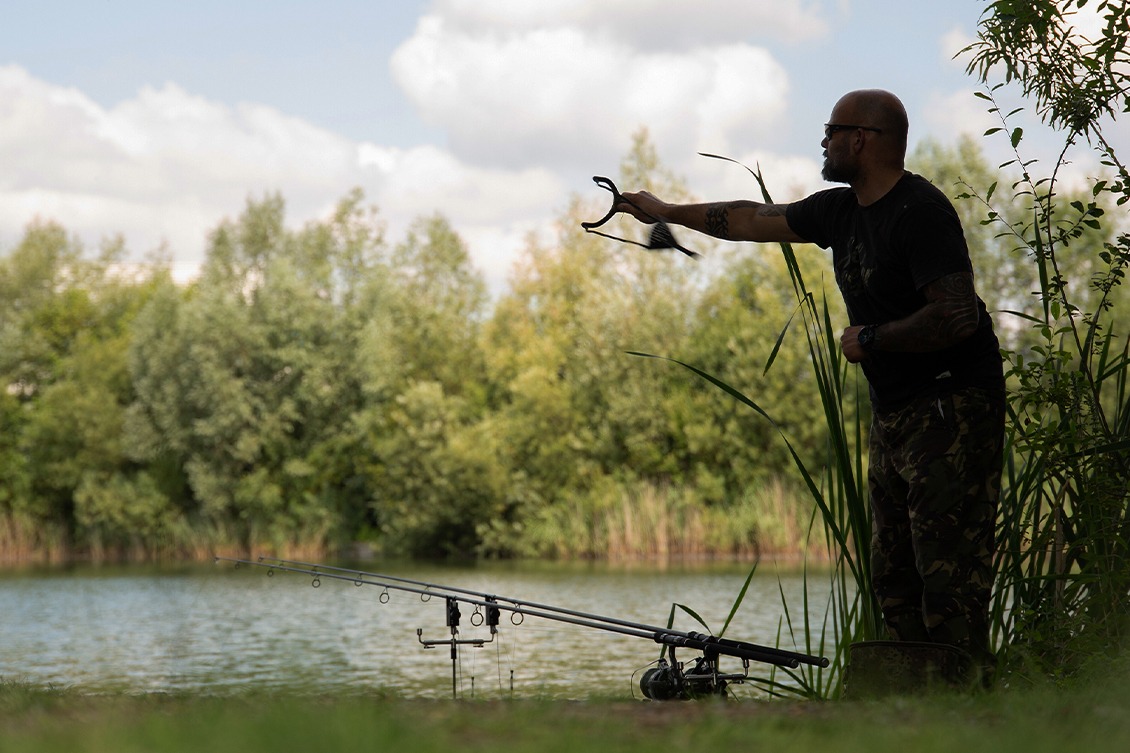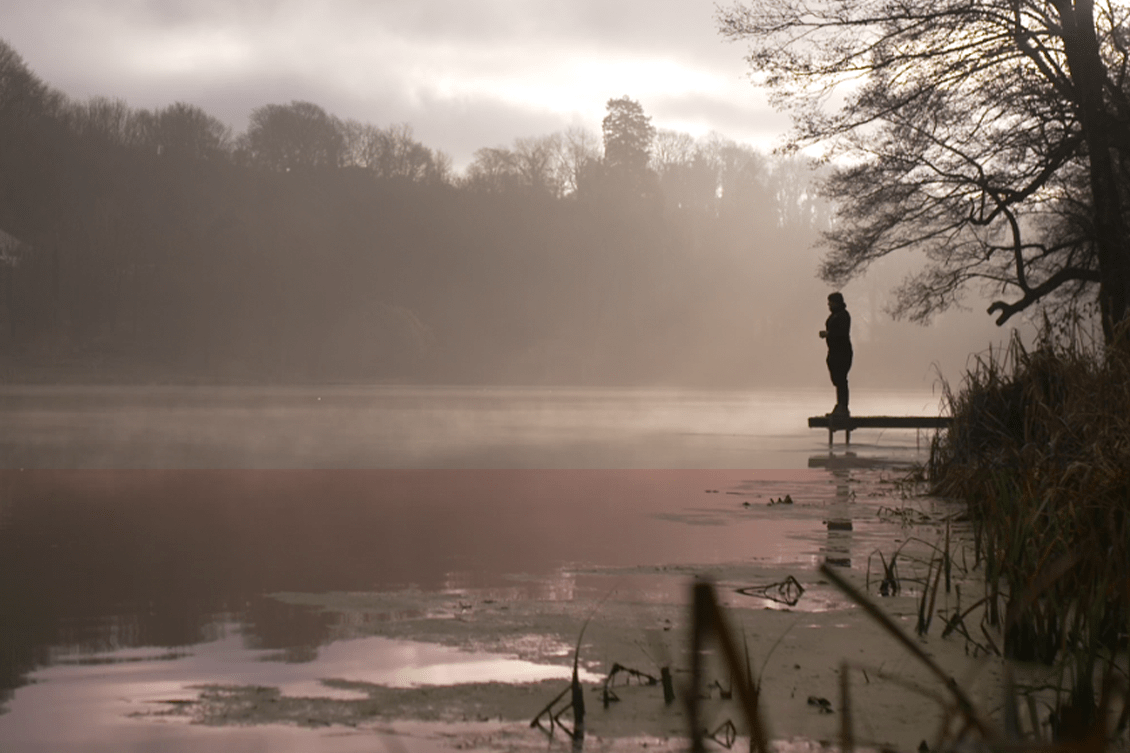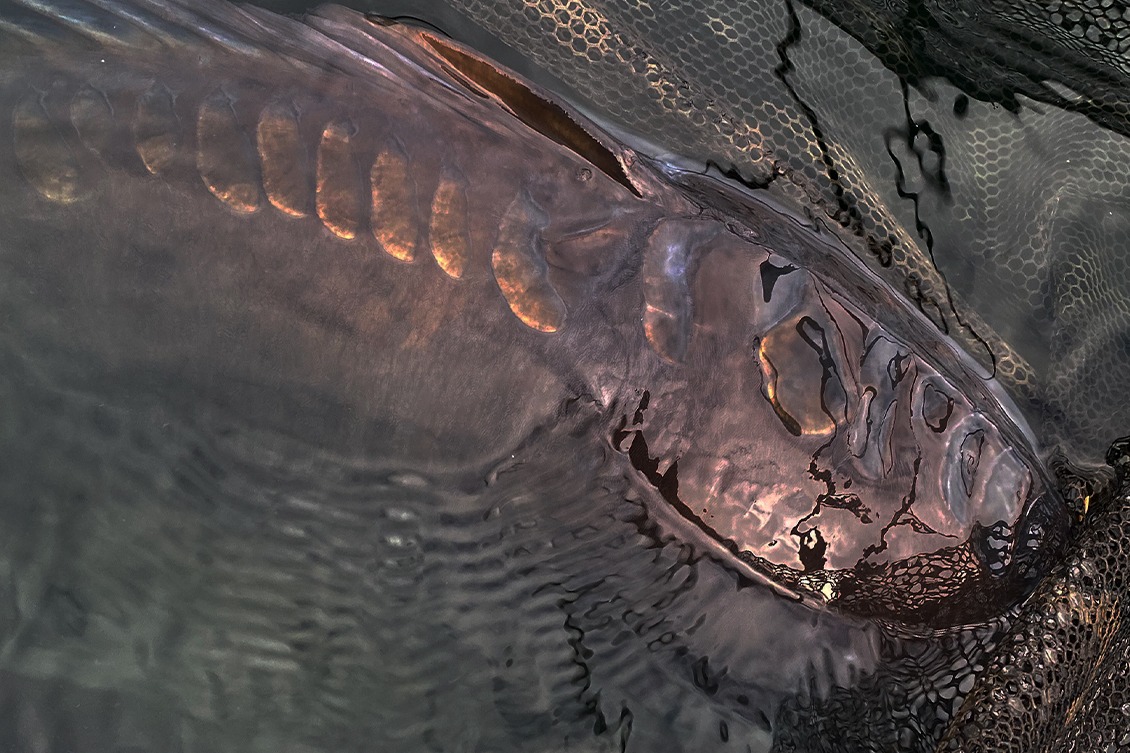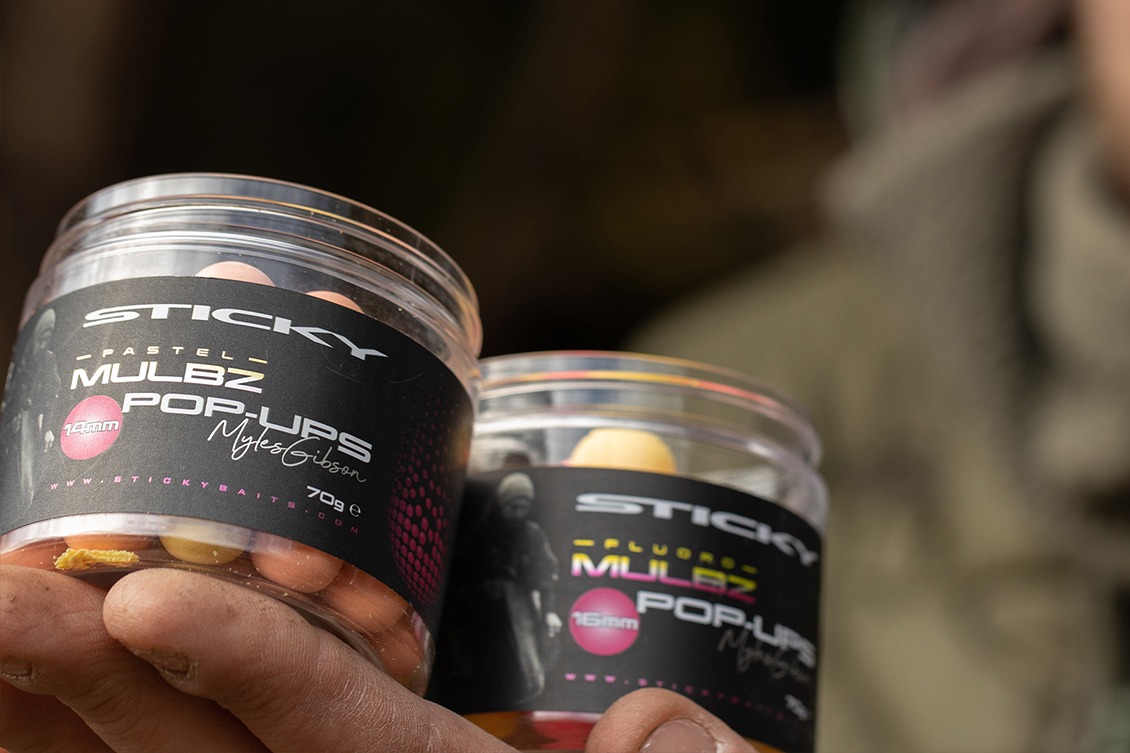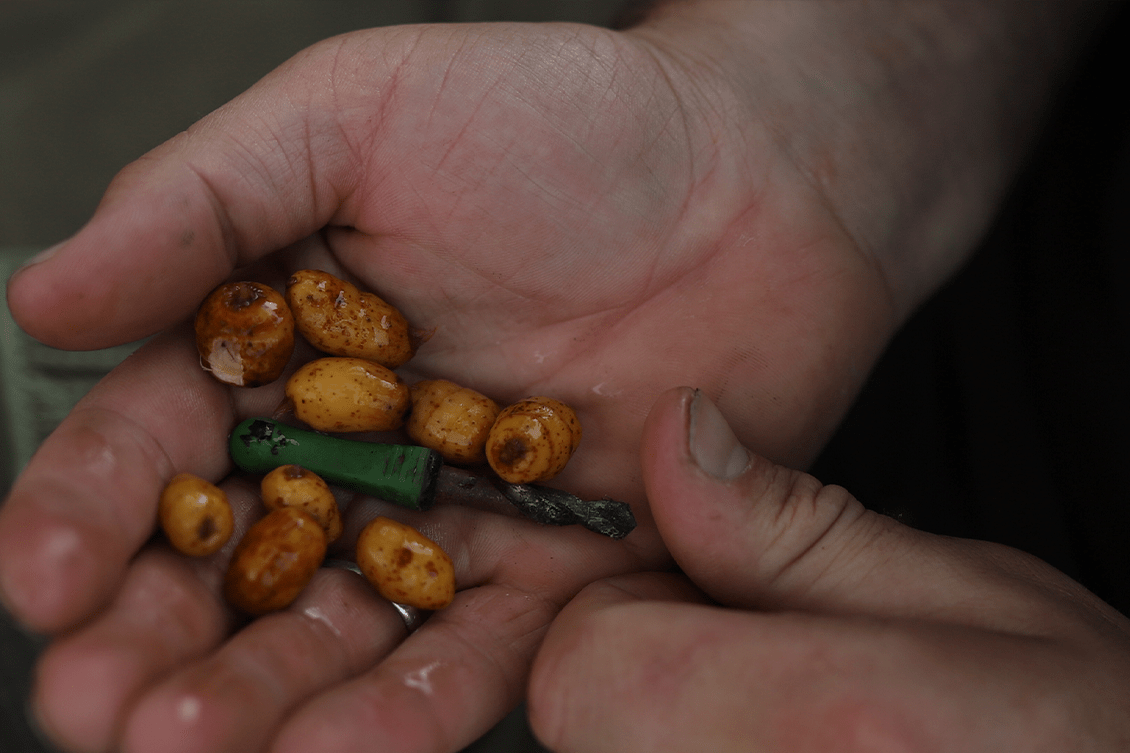
Martin Bowler reveals his top tips to make sure you have a successful start to the barbel season.
Martin Bowler reveals his top tips to make sure you have a successful start to the barbel season.
The water was so shallow that the tail actually broke the river’s surface as the barbel below devoured every bait in its path. It was also gin clear and I knew long before the rod dragged along the bank that The Traveller, a famous Ouse barbel, had made a mistake. Those memories of my personal best barbel, weighing 17lb 3oz, from the Ouse remain etched in my mind forever. Likewise, there were many other times during this period that I could watch big fish feeding at close quarters. The Ouse was the perfect playground for learning how to catch clear water barbel because, unlike every other river, its lack of pace meant the surface wasn’t displaced meaning I could see even a hook laying on the bottom. During the 90s and early 2000s, I learnt so much that allowed me to catch lots of barbel on waterways that didn’t afford me such views.
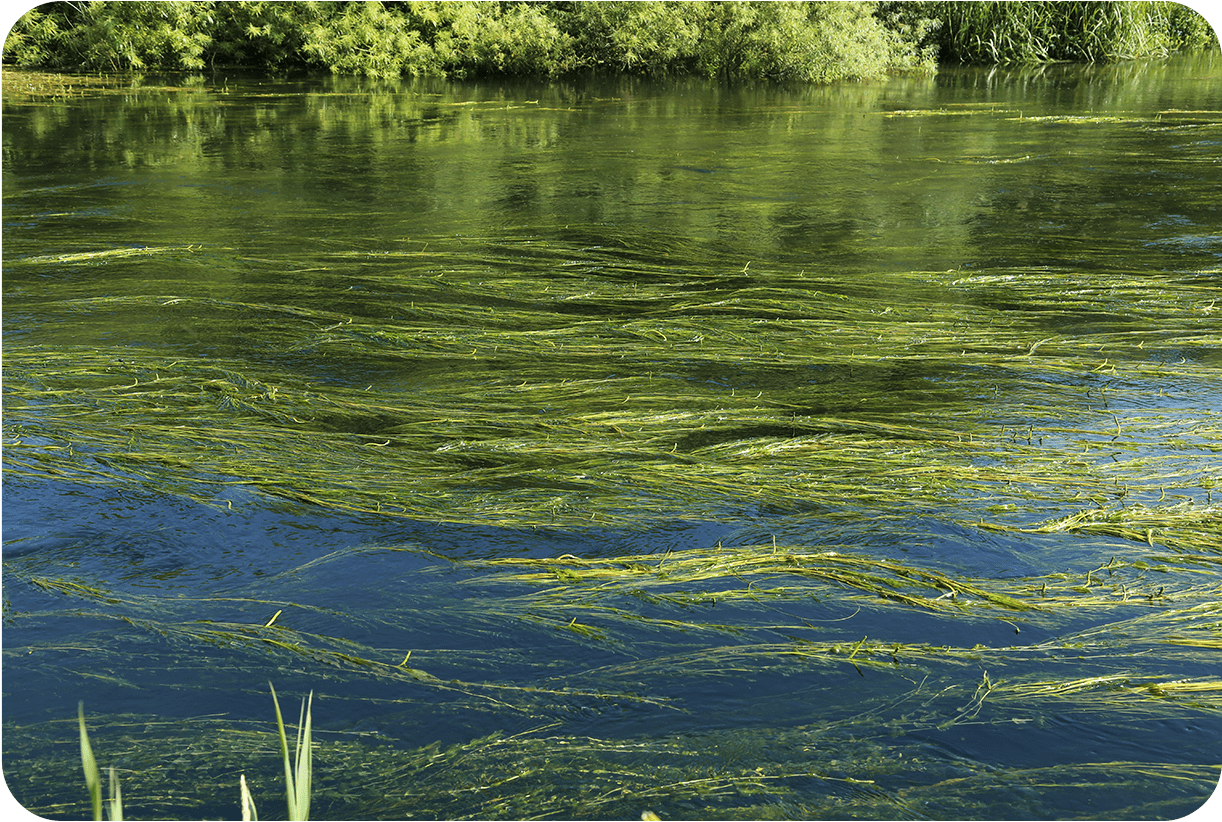

Clear, weedy rivers are idyllic, but offer their challenges.

The first lesson learnt was the use of a backlead and I had never seen anyone use them or write about them prior to my observations. Like a fool, I gave the edge away too soon because there was no doubt barbel did and do hate line entering the swim with a direct route to the lead. I also became quickly aware that a monofilament or fluorocarbon hooklength was in such clarity far, far better than braid or worse still coated braid. Another key to catching more than your fair share however, just like with the backlead, was understanding that the barbel could see your hook! Even now, anglers believe this isn’t possible, but I assure you it’s true and that tiny piece of metal needs to be concealed if the barbel receive any amount of pressure and the river runs clear. I would watch dumbfounded, as a shoal of barbel devoured everything bar the hookbait and knew full well I needed to adapt my rig to catch. At first, I would mould a small amount of boilie paste around the shank that worked but not as well as whipping green marabou feathers around it to act like silkweed. Of course, my quarry could see both, but fish learn from association and neither had led to a visit to the bank, so why would they be scared, unlike the bent piece of metal that was always in situ when this happened. Both worked well with small baits like casters and pellets but there was an even easier way when it came to boilies.
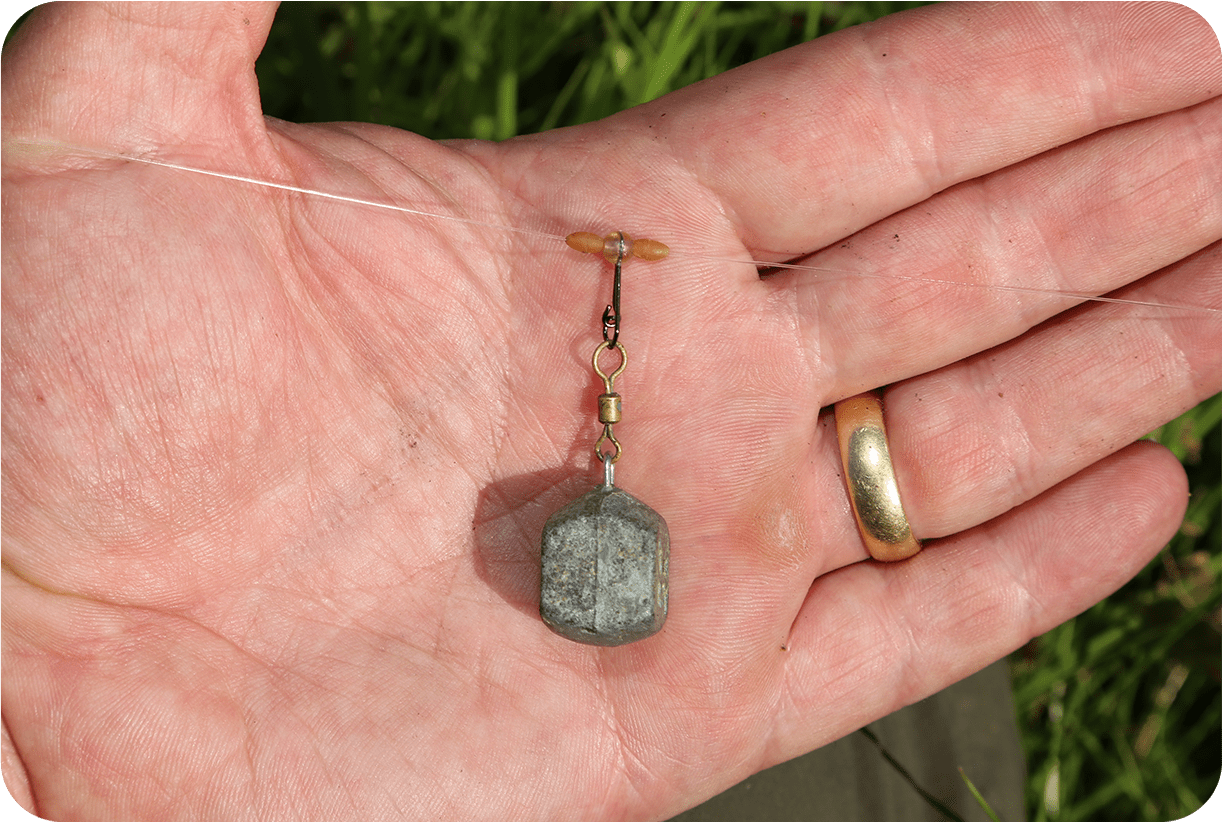

The first lesson learnt was the use of a backlead and I had never seen anyone use them or write about them prior to my observations. Like a fool, I gave the edge away too soon because there was no doubt barbel did and do hate line entering the swim with a direct route to the lead. I also became quickly aware that a monofilament or fluorocarbon hooklength was in such clarity far, far better than braid or worse still coated braid. Another key to catching more than your fair share however, just like with the backlead, was understanding that the barbel could see your hook! Even now, anglers believe this isn’t possible, but I assure you it’s true and that tiny piece of metal needs to be concealed if the barbel receive any amount of pressure and the river runs clear. I would watch dumbfounded, as a shoal of barbel devoured everything bar the hookbait and knew full well I needed to adapt my rig to catch. At first, I would mould a small amount of boilie paste around the shank that worked but not as well as whipping green marabou feathers around it to act like silkweed. Of course, my quarry could see both, but fish learn from association and neither had led to a visit to the bank, so why would they be scared, unlike the bent piece of metal that was always in situ when this happened. Both worked well with small baits like casters and pellets but there was an even easier way when it came to boilies.
First, I combine a short, braided hair with a hook no bigger than a 10. This was vital so the metal work would lay flat on the deck, which wouldn’t occur when made from monofilament. I then simply cut the boilie hookbait in half and attach a piece with the flat side going on the hair first. The clever bit is that the river now helps with the plan and the flow always pushes the half boilie over my hook like a cup, making it disappear from view. It was deadly and this combined with the backlead helped me catch wherever I went that didn’t afford me the aquarium view I obtained on the Ouse. The Lea, Stour, Hampshire and Bristol Avon to name a few, provided me with big fish and it really was a wonderful time and the halcyon days of lowland England’s barbel rivers. Alas it wasn’t to last with the destruction wreaked by otters. Fortunately, however I never forgot those lessons and even in coloured water remembered what I saw. The real joy though is to watch a fish make a mistake and this was why one of my last adventures stood out because it had been so long since I could observe my quarry.
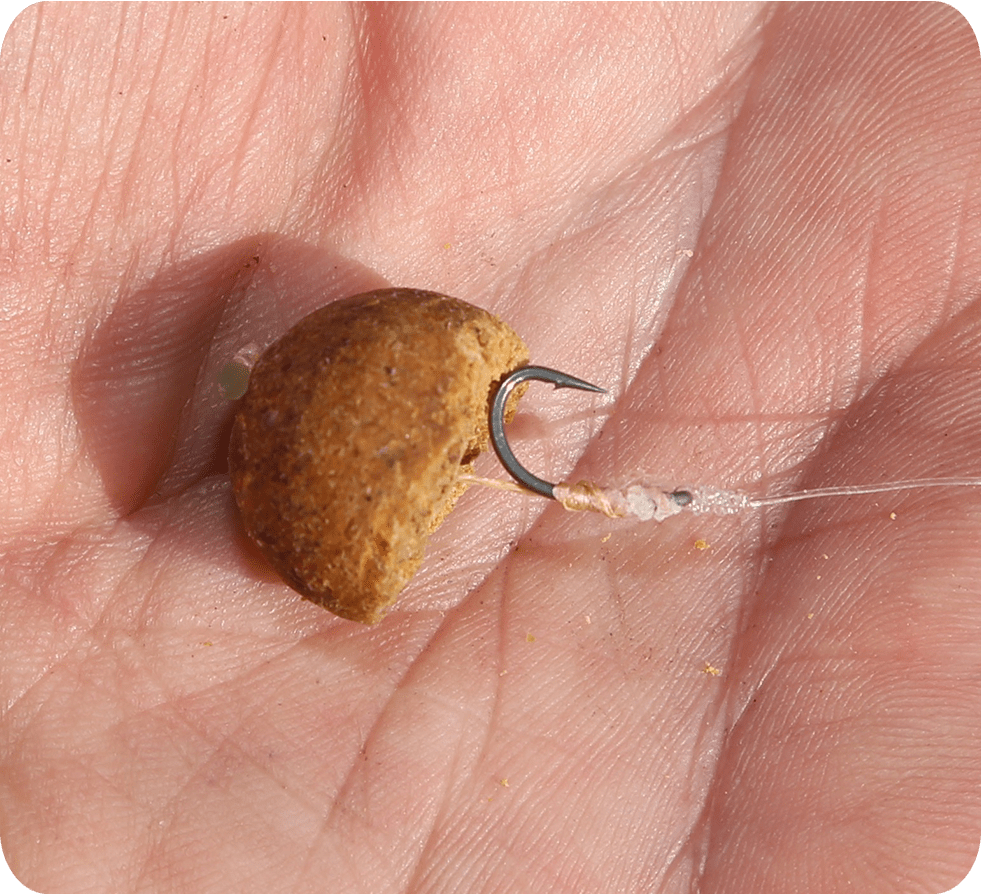

In the flow the bait conceals the hook perfectly.



The swim I chose had a post in the water and the barbed wire connected to it offered both an opportunity and an obstacle. At its base the bottom had been scraped out to not only offer a cleaner bottom but an attraction for the three barbel living just downstream to visit and rub against. It was the obvious place to bait, something that I duly did six times via a large dropper containing a mix of pellet, Krill boilies and particles. The wire across the river attached to the pole however was fraught with danger and I had to fish inside of it giving me only a few feet from the bank in which to angle. If I was lucky enough to hook a barbel I would then have to keep the rod tip plunged under the water until the last minute. Not ideal but workable, although before all that I needed an opportunity. Patience was the key to this and although it took three hours I was still watching when two of the residents decided to dine. They weren’t particularly big but it didn’t matter because at last I was once again watching gravel being sucked up and spat out with a set of whiskers twitching just above.


A Drennan 1¾lb test curve rod was perfect for the task combined with 15lb fluorocarbon mainline fished straight through acting as a hooklength as well. The backlead, like it originally sat all those years ago, was positioned six feet back between float stops. The main lead also used these small widgets to remain in place followed by a six inch hooklength with a AAA added for good measure in both the pinning and pricking stakes. The small Super Specialist hook with the braid hair came next attached via a blood knot. Lastly a Krill boilie was cut in half, threaded on and held via a glued boilie stop.

Fluorocarbon is practically invisible in water.


Waiting for a brief lull in the feeding, I nicked on a PVA mesh bag and simply lowered it into position on a taut line before placing the backlead even closer to the bank. As the bag melted, the cup-shaped boilie fell into place removing every trace of an angler’s trap. If you achieve this a bite comes quickly and so it did, with the wonderful sight of a barbel pausing momentarily to consider its mistake before shaking its head in disbelief. At this point I’d seen enough and grabbed the rod plunging it underwater to keep it away from the wire. There it stayed for a while soaking up the barbel’s fury until I could pull it to the surface and unceremoniously bundle it into the net. I had a barbel but much more importantly I had seen it take the bait. The lessons you learn in angling can be valuable even years later!


“Not the biggest in the world, but so exciting to see”

TOP TIPS FOR CLEAR WATER BARBEL FISHING
TOP TIPS FOR CLEAR WATER BARBEL FISHING























